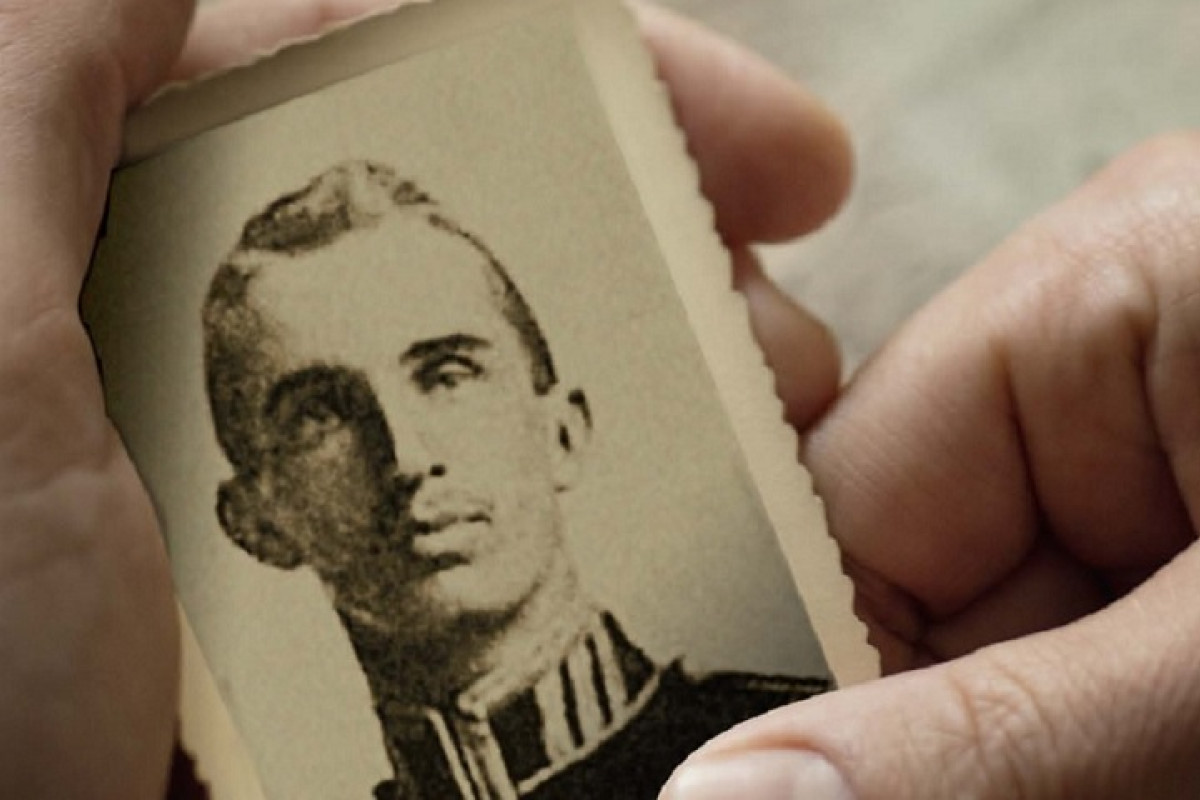On 3rd May 1915, Ypres, an officer of the Canadian army is sitting on the rear step of an ambulance. He is looking at the grave of his friend and brother-in-arms Alexis Helmer, killed in action the day before. He sees beds of blood-red poppies growing among the graves in the burial ground. He begins to write the first words of what is now a famous poem: “In Flanders fields the poppies blow”
How a flower became a symbol
The poet was Lieutenant Colonel John McCrae. He worked on the poem for several months before sending it to The Spectator in London, which rejected it. It was later published in Punch, the weekly British satirical magazine, albeit at first anonymously. ‘In Flanders Fields’ became the most popular poem of that time but McCrae would not live to see his Flanders Fields Poppies grow into an international symbol of remembrance. He died of meningitis on 28th January 1918. He was buried at the British war cemetery in Wimereux in France, near Boulogne-sur-Mer.
New York, 9th November 1918. Professor Moina Michael, who works for the YMCA in New York, takes a brief pause between her duties and grabs a magazine. In it she reads the poem by John McCrae. She is deeply moved by the poem, especially the last stanza – “We shall not sleep, though poppies grow in Flanders fields”.
She feels as if the voices of the fallen soldiers who in the poem warn the reader not to forget them, address her directly. At that point she pledges that she will always wear a red poppy as a token of remembrance. She even writes a poem, answering the call in McCrae’s last verse. Matching words with deeds, Moina Michael starts on a crusade in order to have the poppy accepted as a symbol of remembrance of the Great War – and succeeded.
A flower on a pile of rubble
John McCrae’s poem is not the only link between the poppy and the war. Poppies prosper on rubble and in places where the soil is frequently disturbed. The battlefield in Flanders was one big pile of warn-torn soil and the ground was churned up by thousands of shells. This made the seeds germinate. So, the abundance of red poppies on the battlefields of Flanders – often the only spots of colour in a sad landscape of ruin, mud and bomb craters – had everything to do with the war.
Moreover, the poppy is also called slaapbol (sleeping ball) in Dutch, because it is akin to the opium poppy, used for the production of the morphine administered to the wounded soldiers. Lastly, with its deep red colour like the blood of the soldiers that flowed so plentifully and a black heart like a shot wound, the poppy is a perfect, yet not so obvious symbol of war remembrance.
'In Flanders Fields'
Between the crosses, row on row
That mark our place; and in the sky
The larks, still bravely singing, fly
Scarce heard amid the guns below.
We are the Dead. Short days ago
We lived, felt dawn, saw sunset glow,
Loved and were loved, and now we lie
In Flanders fields.
Take up our quarrel with the foe:
To you from failing hands we throw
The torch, be yours to hold it high.
If ye break faith with us who die
We shall not sleep, though poppies grow
In Flanders fields.

